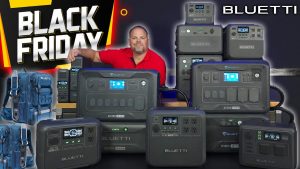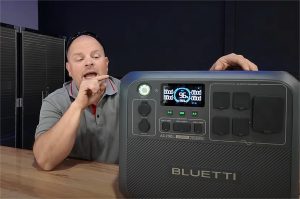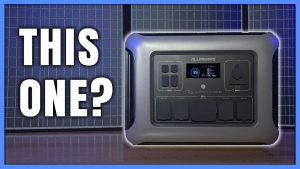When it comes to serious home or off-grid backup power, the Mango Power E immediately stands out. I’ve tested dozens of power stations, but this one feel built for users who expect reliability, power, and longevity in a single package. It’s not just another large battery box — it’s a true energy backup system, engineered for performance with its 3,000W inverter, long-lasting LFP cells, and dual fast-charging options.

In this in-depth review, I’ll share my first-hand experience testing its inverter performance, charging speeds, noise levels, app control, build quality, and real-world reliability. If you’re considering a portable power solution that can double as a whole-home backup, read on — the Mango Power E is unlike most systems I’ve seen.
🔋 Design, Build, and Portability
At first glance, the Mango Power E looks like a mini powerhouse on wheels — and that’s exactly what it is. Standing at roughly 19.5 inches tall and weighing just over 100 lbs, it’s definitely not something you’d throw in the trunk for camping, but it is portable enough to move around the house or garage.

The extendable handle and built-in wheels make transport manageable, and the solid bottom grip ensures safe lifting when needed. The layout of ports is clean and logical — AC, DC, USB, solar, and expansion ports all arranged in a user-friendly design.

Key design notes:
- Built-in wheels and handle for easy transport
- Solid base that supports stacking expansion batteries
- Straightforward port layout
- Split-phase 240V support by pairing two units

While not feather-light, the Mango Power E feels thoughtfully built for users who value power and mobility combined.
⚙️ Inverter Power and Real-World Performance

Now let’s talk about what really matters — power delivery. The Mango Power E is equipped with a 3,000W pure sine wave inverter, capable of surging up to 6,000W. That’s enough to power heavy-duty appliances like refrigerators, AC units, and shop tools.

In my tests, the inverter performance was rock-solid. It delivered stable, clean energy to sensitive electronics with zero issues. During a real-world test, I connected it to my transfer panel and powered my entire 2,000 sq. ft. shop — every circuit at 120V — using just one unit.

Here’s what impressed me most:
- Sustained 3,000W continuous output with no overheating
- Surge capability of 3,633W before safety shutdown
- UPS mode switching in under 20ms with minimal light flicker
- Near-silent fan noise at 48–49 dB even under heavy loads
That last point deserves special mention — this Mango Power E station runs exceptionally quiet, making it ideal for indoor use. For me, that’s a game-changer compared to gas generators or noisier units in this class.
🔋 Battery Quality and Lifespan
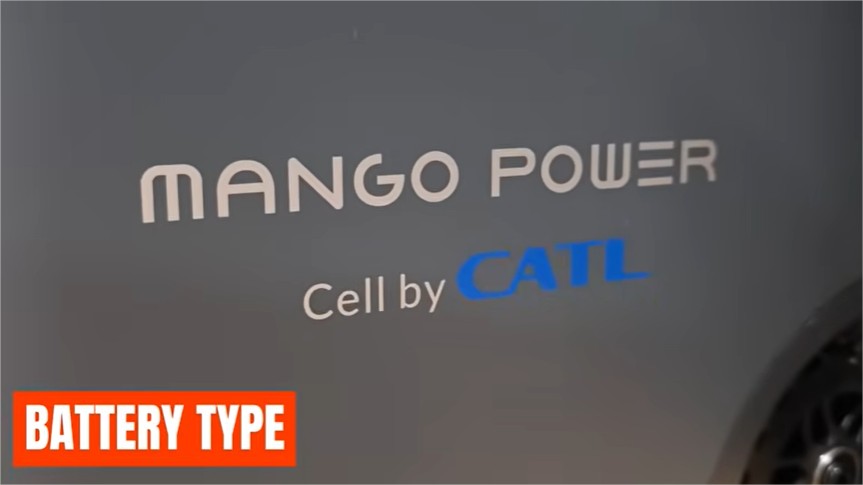
The Mango Power E doesn’t cut corners when it comes to battery quality. It uses CATL EV-grade LFP cells — the same ones found in electric vehicles — which are known for their safety, stability, and long lifespan. These are top-tier, high-density lithium iron phosphate batteries that deliver both performance and peace of mind.
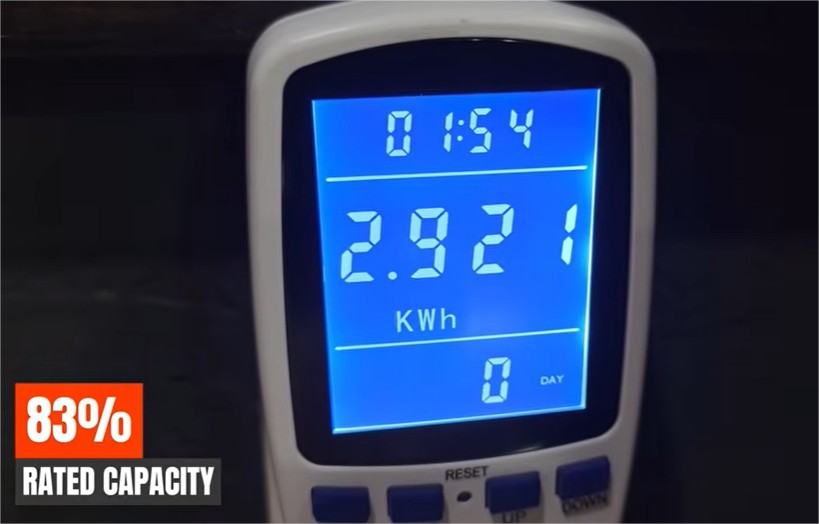
Each unit packs a 3,533Wh capacity, and during my testing, I achieved a usable 2,921Wh output — about 83% real efficiency, which is excellent for this size.

Some important details worth noting:
- Rated for 6,000+ cycles (20+ years of use)
- 10-year warranty included
- Exceptional thermal stability even under full discharge
- Pure sine wave output safe for sensitive devices
Bluetti and EcoFlow may dominate headlines, but Mango Power’s use of CATL cells puts it in the same premium tier, ensuring your investment lasts years without noticeable degradation.
⚡ Charging Speed and Solar Capability
If fast charging is on your checklist, this system nails it. The Mango Power E supports multiple charging methods — AC wall charging, solar charging, car input, and even dual-input charging (AC + solar simultaneously).
Using AC input, I fully charged the unit in just about 90 minutes — impressive considering its size. When connected to my solar panels, it reached up to 1,950W solar input, nearly maxing out its 2,000W MPPT limit.

Charging options overview:
- AC charging: 15A or 30A support (with optional plug)
- Solar charging: Up to 2,000W input via MPPT controller
- Dual charging: Combine AC + solar for ultra-fast results
- Car charging: Available for mobile setups
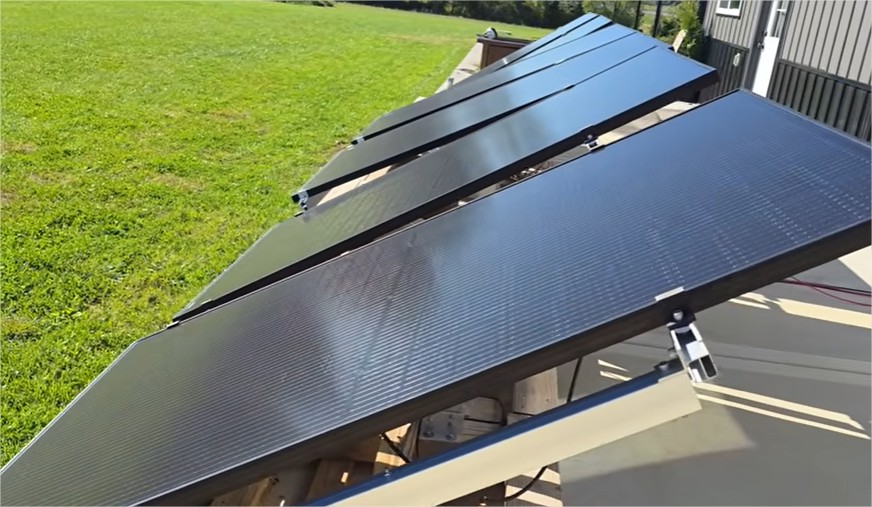
For solar enthusiasts like me, that 2,000W ceiling is massive — especially since it pairs beautifully with 370W to 400W solar panels for optimized efficiency.
🧠 Smart Features and Safety Protections
No high-end power station is complete without a robust Battery Management System (BMS), and Mango Power E delivers here too. The system includes multiple layers of safety protection covering:

- Overload and short circuit
- Over-voltage and under-voltage
- High and low temperature
- Leakage detection and auto-shutdown
During stress testing, I intentionally pushed the system to trigger its safety limits — it performed flawlessly, cutting off safely without damage. The UPS (Uninterruptible Power Supply) mode also worked as advertised, keeping connected appliances running without interruption during a simulated outage.
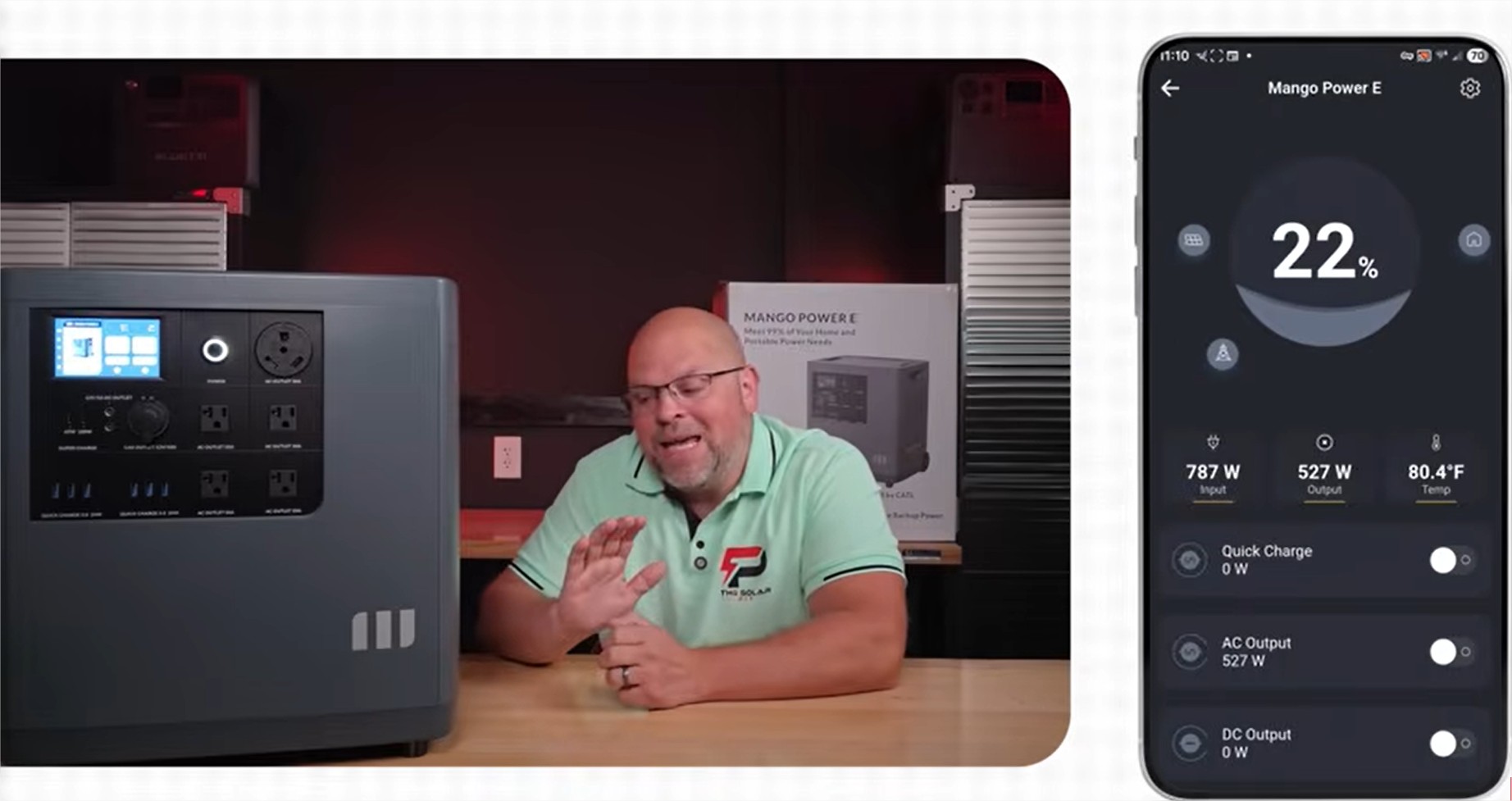
While the Mango Power E app offers basic monitoring (like state of charge, input/output wattage, and control toggles), it lacks advanced features seen in competitors. Still, for essential functions, it works reliably and keeps setup simple.
🔇 Noise Levels, Thermal Management & Build Observations
Under full load, I measured 48–49 dB — which is extremely quiet compared to most power stations. The active cooling system is well-designed, keeping internal temperatures below thresholds even under 3,000W continuous discharge.

However, not everything is perfect. While performance was impressive, the exterior housing felt a bit cheaper than other systems I’ve tested in this class. There was some flex in the plastic panels and the wheels felt basic, though they worked fine.

Also, I noticed some display inaccuracies — particularly with state of charge readings. For example, it stayed at 100% longer than expected and then dropped suddenly to 96%. This can be improved through a firmware update, which I hope Mango Power addresses soon.
Despite those minor flaws, the core performance and efficiency easily make up for it.
💡 My Final Thoughts: Is the Mango Power E Worth It?
After thoroughly testing every aspect, I can confidently say the Mango Power E is one of the most capable and well-engineered large power stations I’ve reviewed. It combines power, safety, and long battery life into a clean, quiet, and functional design.
Sure, the plastic build could feel more premium, and the display accuracy needs refinement. But when it comes to core functionality — power delivery, efficiency, thermal stability, and UPS reliability — it absolutely delivers.
If you need a portable system that can serve as both an off-grid energy hub and an emergency home backup, this Mango Power E unit hits the sweet spot.
✅ Key Takeaways:
- 3,000W pure sine wave inverter (6,000W surge)
- EV-grade CATL LFP batteries with 20-year lifespan
- 2,000W solar input and 90-minute AC charging
- Ultra-quiet 48dB noise rating
- UPS switch in under 20ms
- Minor display and build quality issues
For serious power users, the Mango Power E offers true peace of mind — it’s efficient, safe, and surprisingly quiet. With its high-quality cells, 10-year warranty, and clean energy capabilities, it stands as a smart long-term investment in sustainable power.

















